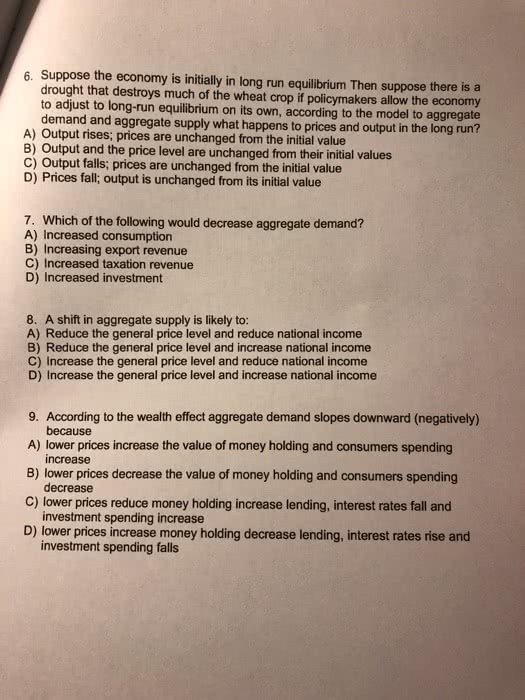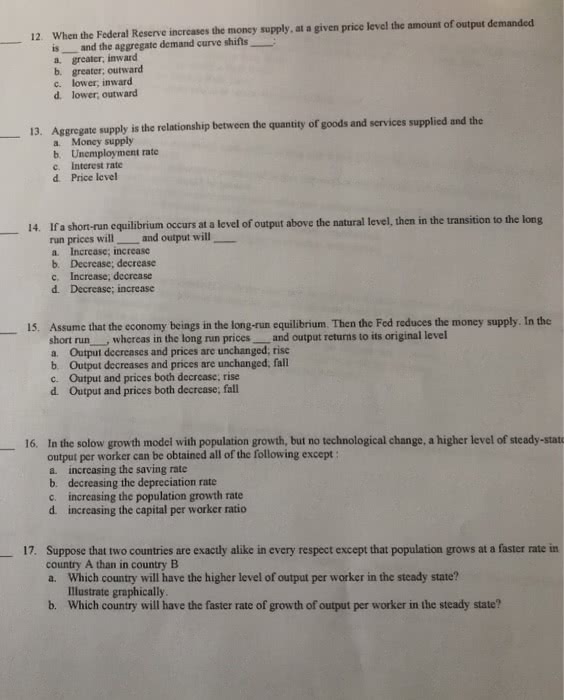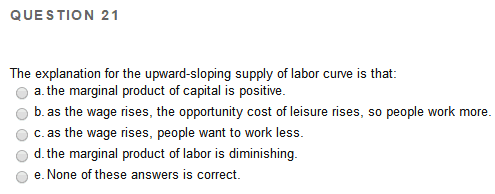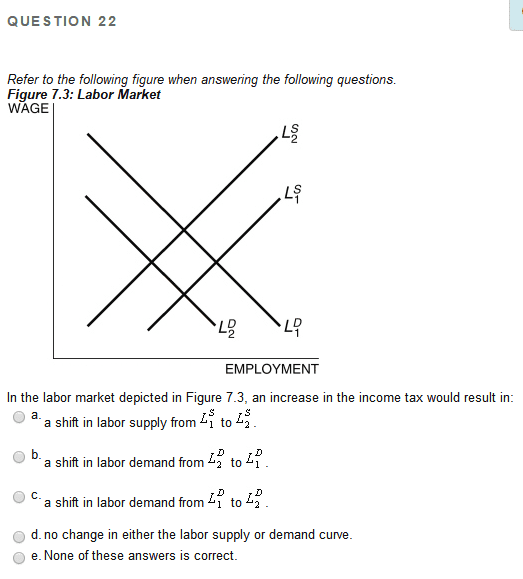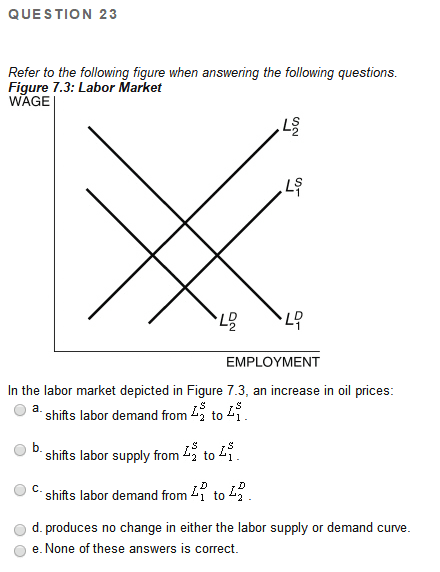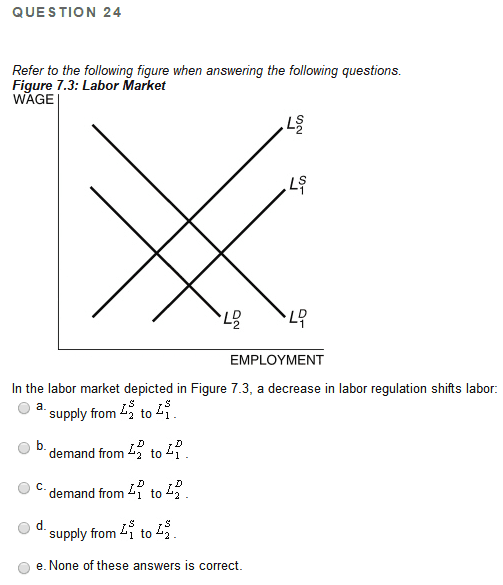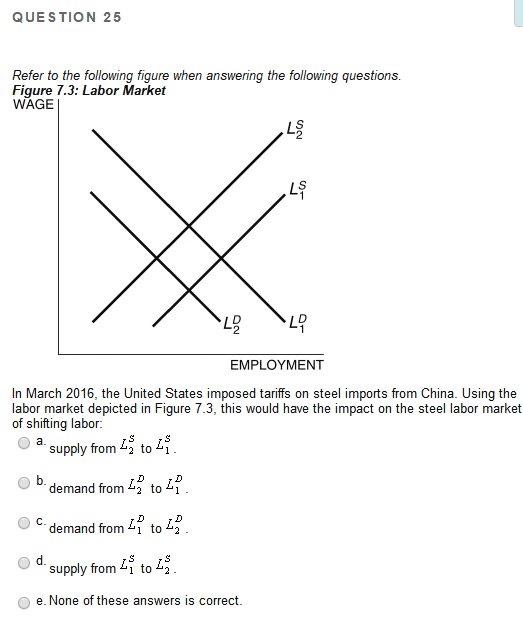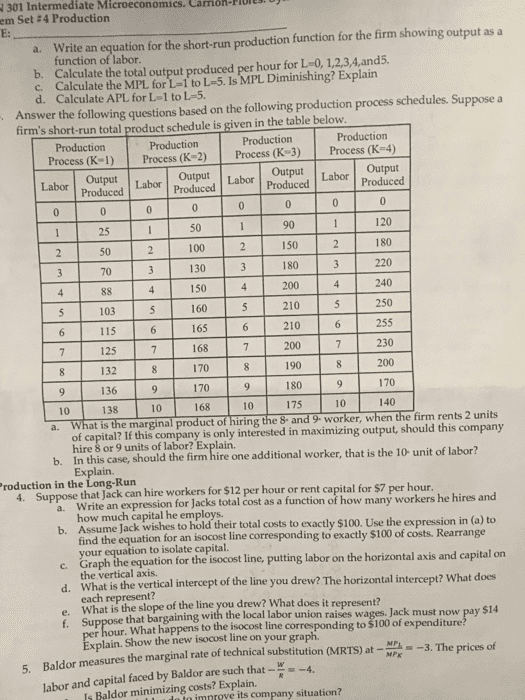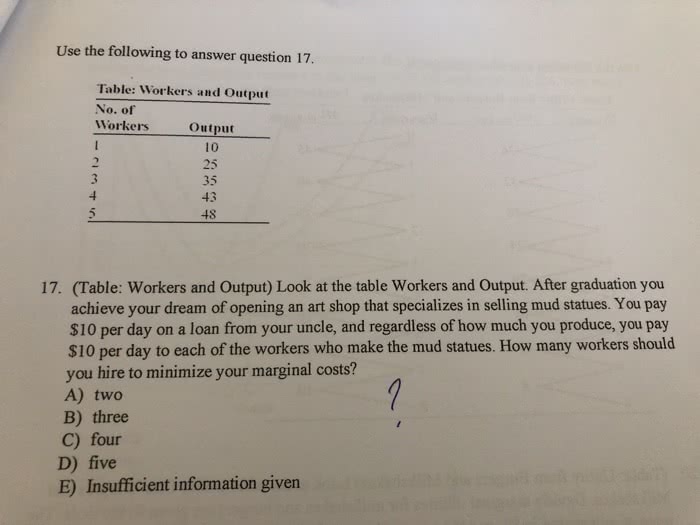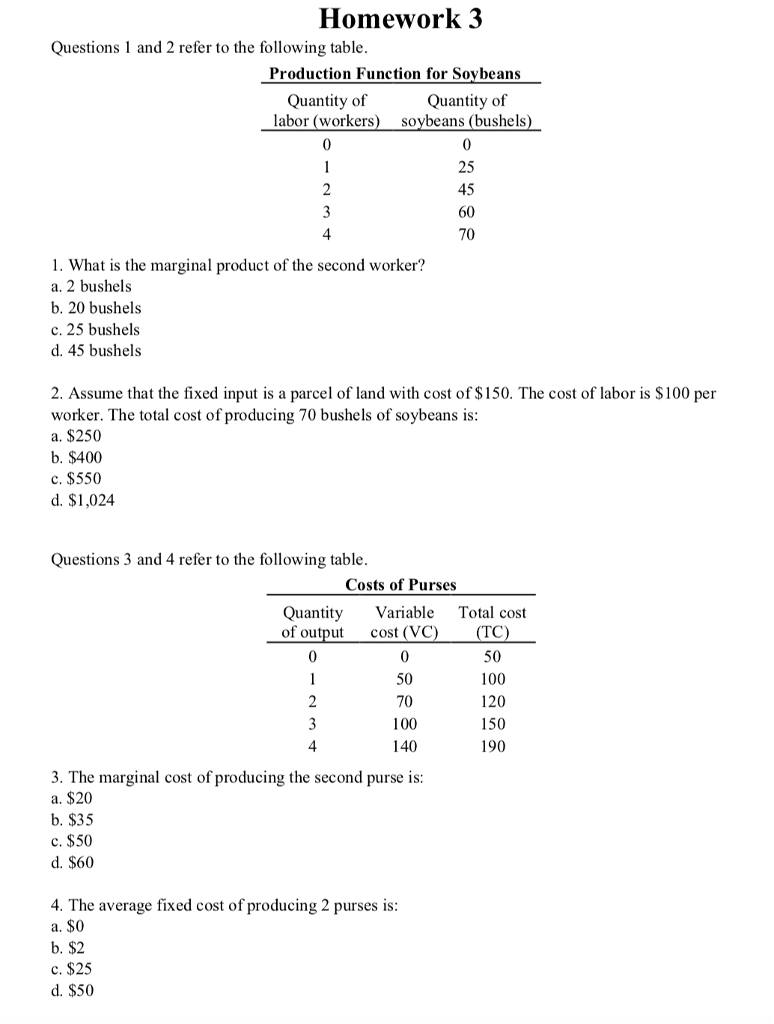claralillia1
0 Followers
0 Following
0 Helped
claralillia1Lv10
23 Jul 2023
Answer: B
claralillia1Lv10
23 Jul 2023
Answer: B
claralillia1Lv10
23 Jul 2023
Answer: B
claralillia1Lv10
23 Jul 2023
Answer: B
claralillia1Lv10
23 Jul 2023
Answer: B
claralillia1Lv10
23 Jul 2023
Answer: C
claralillia1Lv10
23 Jul 2023
Answer: A
claralillia1Lv10
23 Jul 2023
Answer: B
claralillia1Lv10
23 Jul 2023
Answer: B
claralillia1Lv10
23 Jul 2023
Answer: 3
claralillia1Lv10
23 Jul 2023
Answer: A
claralillia1Lv10
23 Jul 2023
Answer: 2
claralillia1Lv10
23 Jul 2023
Answer: 1
claralillia1Lv10
23 Jul 2023
Answer: A
claralillia1Lv10
23 Jul 2023
Answer: B
claralillia1Lv10
23 Jul 2023
Answer: 4
claralillia1Lv10
23 Jul 2023
Answer: D
claralillia1Lv10
23 Jul 2023
Answer: A
claralillia1Lv10
23 Jul 2023
Answer: B
claralillia1Lv10
23 Jul 2023
Answer: D
claralillia1Lv10
23 Jul 2023
Answer: A
claralillia1Lv10
23 Jul 2023
Answer: B
claralillia1Lv10
23 Jul 2023
Answer: C
claralillia1Lv10
23 Jul 2023
Answer: A
claralillia1Lv10
23 Jul 2023
Answer: A
claralillia1Lv10
23 Jul 2023
Answer: B
claralillia1Lv10
23 Jul 2023
Answer: B
claralillia1Lv10
23 Jul 2023
Answer: B
claralillia1Lv10
23 Jul 2023
Answer: 2
claralillia1Lv10
23 Jul 2023
Answer: C
claralillia1Lv10
23 Jul 2023
Answer: B
claralillia1Lv10
23 Jul 2023
Answer: A
claralillia1Lv10
23 Jul 2023
Answer: D
claralillia1Lv10
23 Jul 2023
Answer: A
claralillia1Lv10
23 Jul 2023
Answer: 1
claralillia1Lv10
23 Jul 2023
Answer: B
claralillia1Lv10
23 Jul 2023
Answer: A
claralillia1Lv10
23 Jul 2023
Answer: B
claralillia1Lv10
23 Jul 2023
Answer: 1
claralillia1Lv10
23 Jul 2023
Answer: 1
